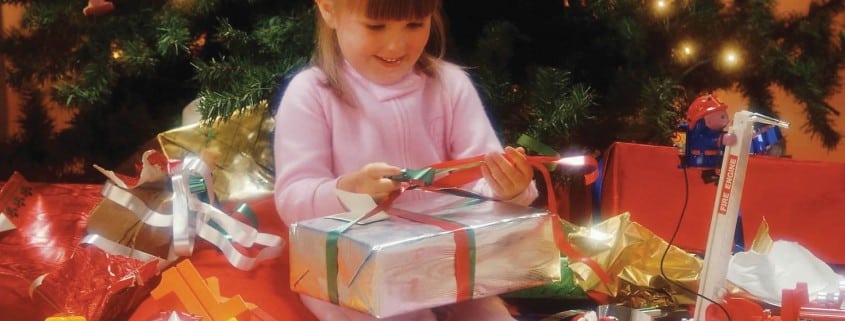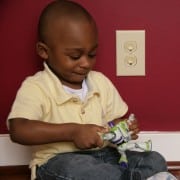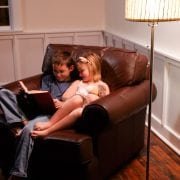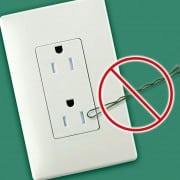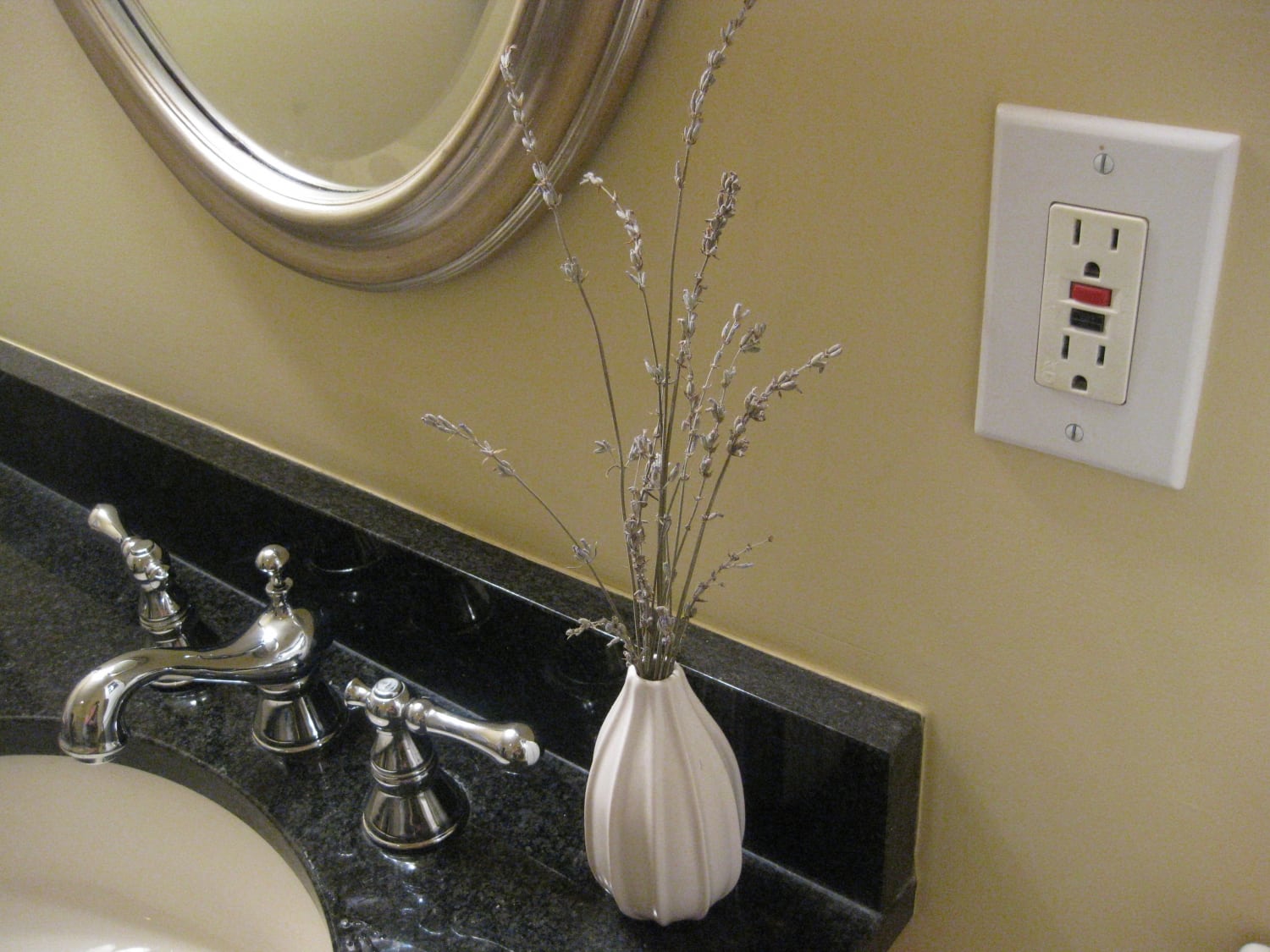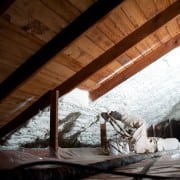Tips for a safe and happy holiday season
The holidays are upon us. For many, that means more celebrations with friends and family, travel, decorations, cooking and shopping. Your local electric cooperative wants you to stay safe during the holidays, so here are a few tips to consider as you gear up for the season.
Your co-op can’t guarantee that the hustle and bustle of the season won’t leave you with a few frayed nerves, but it can certainly help you avoid frayed wires.
Inspect your seasonal items
Many of us have treasured holiday mementos that we bring out of storage and proudly display every year. The holidays are also a time when we dust off specialized cooking gadgets that allow us to prepare our favorite seasonal treats. These items are often handed down through generations and might lack modern safety features.
Take a few moments to carefully inspect all your holiday items to ensure everything is in safe, working order. A few things to look out for include:
- Brittle insulation on wires
- Rodent damage to wires
- Chafed or frayed wires, especially at stress points
- Worn switches with the potential to short-circuit
- Corroded metal parts
- Broken legs, unstable bases and other tip-over hazards
Extension cords are temporary
When you asked your teacher for an extension on your term paper, it was a one-time thing, right? The same holds true for extension cords. They are designed for temporary use and should never be used as a permanent or long-term solution.
Never defeat safety devices
There are reasons why some devices have fuses, why some plugs have three prongs instead of two and why one prong is wider than the other on two-prong outlets. When those safety features get in the way of your grand holiday décor plans, you might be tempted to tamper with or defeat those features. Don’t do it! If your plugs won’t fit together, that means they’re not designed to work together. Rather than tampering with a safety feature, find a safe solution.
Look up and live
When working outside with a ladder, be mindful of the location of overhead power lines. Always carry your ladder so that it is parallel to the ground. Before placing your ladder in an upright position, look around to ensure you are a safe distance from any power lines.
Beware of power lines through trees
Over time, tree branches can grow around power lines running along the street and to your home. If those branches come in contact with power lines, they can become energized, too. If your holiday plans call for stringing lights through trees, this can create a safety hazard.
Stay away from your service connection
The overhead wire bringing power from the utility pole to your house is dangerous. Treat this line the same way you’d treat any other power line on our system. Maintain a safe distance — even if that means a small gap in the perfect gingerbread house outline of lights.
Read the fine print
If you take a few minutes to read and understand the specifications and limitations of your lights and other electrified holiday decorations, you can save yourself a great deal of work and frustration in the long run. For example, the tag at the end of an extension cord will tell you if it’s rated for outdoor use, whether it will remain flexible in cold temperatures and how much energy it can safely handle. Similarly, holiday lights will tell you how many strings can be safely linked together.
Don’t forget about the kids… and pets
If you have small children, you’ve probably spent a great deal of time making sure every square inch of your home is childproof. Every cabinet is locked and every outlet is covered. But sometimes the joy of celebrating the holidays with our little ones makes us a little less vigilant about electrical safety. Make sure your holiday décor receives the same level of safety scrutiny you apply to all the permanent items in your home. Curious and mischievous pets can present similar challenges. Make sure Fluffy isn’t nibbling on all those extra wires or using your tree as her personal back-scratcher or jungle gym.
Justin LaBerge writes on consumer and cooperative affairs for the National Rural Electric Cooperative Association, the Arlington, Va.-based service arm of the nation’s 900-plus consumer-owned, not-for-profit electric cooperatives.

